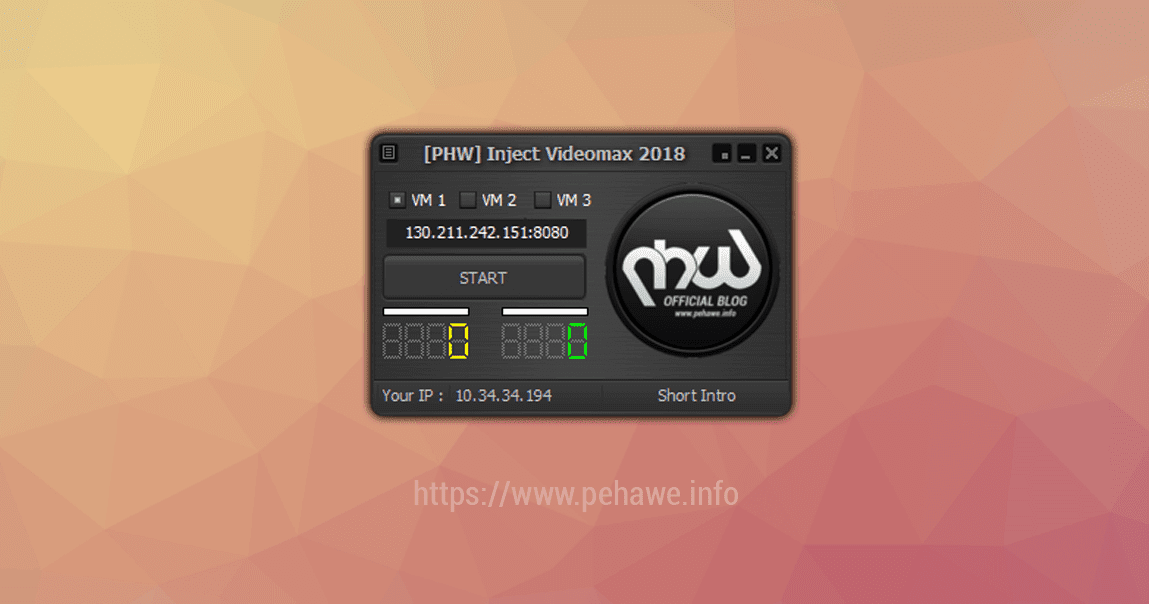
- Ssh proxy linux ssl html5 install#
- Ssh proxy linux ssl html5 trial#
- Ssh proxy linux ssl html5 password#
Make sure to select your Lab-CA for the Signed By attribute. That will cause certificates issued by this CA to appear as valid. Optionally, you can export the CA public key and import that into the respective certificate store as a trusted CA. Check the Trusted Root CA box to identify this certificate as a trusted root. Once created, Click the certificate to open the Certificate Information dialog box. Give it a Certificate Name, A Common Name, Check the Certificate Authority box, and click Generate. To Create the Certificate Authority, go to Device > Certificate Management > Certificates, Click Generate. Under Advanced, make sure to add the all user group to the Allow List Authentication Profile: Advanced Settings Create Self-Signed CA and Issue Cert for TLS/SSL Profile Make sure to select the Authentication Type as “Local Database”. Under Device > Authentication Profile, Click Add. Create Local Lab User Create an Authentication Profile
Ssh proxy linux ssl html5 password#
For the purposes of this demonstration I will be using labuser1 with a password of labuser1. Under Device > Local User Database > Users, click Add. One HTML5/HTML/WebSocket application for testing.A target host for RDP or SSH access already configured with Apache Guacamole.To follow this lab, see: Installing Guacamole on Ubuntu 18.04 A functional instance of Apache Guacamole.Please see the GlobalProtect Lab Diagram to see the interface and zone layout for this lab.Running a supported version of PAN-OS 8.1, 9.0, 9.1, or 10.0+ (the screenshots and configurations were all done with PAN-OS 10.0).
Ssh proxy linux ssl html5 install#
Install the latest GlobalProtect Clientless VPN dynamic updates.
Ssh proxy linux ssl html5 trial#
You can activate a 30-day trial in your customer support portal at or talk to either your partner or account team.

It analyzes the traffic to determine the proper destination for the given connection. This is because SOCKS proxy servers are low-level proxies that can handle any program, protocol and any type of traffic.ĭynamic Port Forwarding can handle connections from multiple ports.

Unlike HTTP proxies which can only interpret and work with webpages, SOCKS5 proxies can work with any kind of traffic. They are more performant and less prone to data routing errors. SOCKS5 proxy servers do not rewrite data packet headers. This may leads to decrease performance and mislabeling errors. Proxies usually rewrite data packet headers. Once there’s a process on acme connecting to 10123, ssh server listening on the same remote machine will transfer that connection to the local machine (a machine that initiated the ssh command) and then it’ll be forwarded to 127.0.0.1 on the port 123.

R makes ssh listen on the port 10123 of remote host. We may, however, set up a remote port forwarding to allow this. It’s not possible to connect to our machine directly via the internet. People from the external world (Internet) cannot access our home network. Our Internet provider don’t assign public IPs. We have a Rails application running locally on our computer on port 3000. Forwarding can be also done through Unix sockets. It then forwards all connection attempts to the remote port on the remote via_host machine to destination_port port on the local machine (a machine that initiated the ssh command).

Ssh -R remote-port:local-host:local_port remote-host


 0 kommentar(er)
0 kommentar(er)
